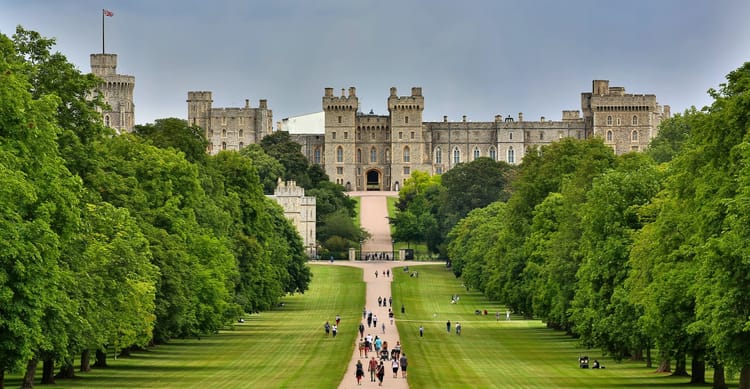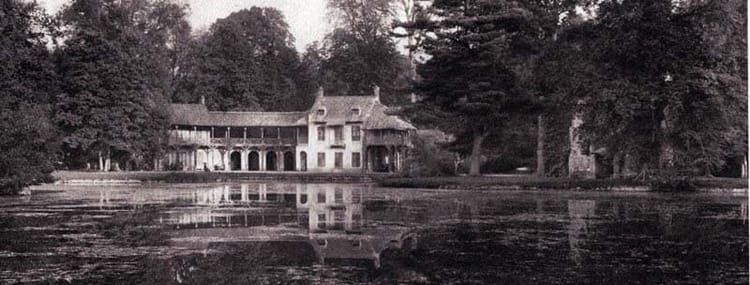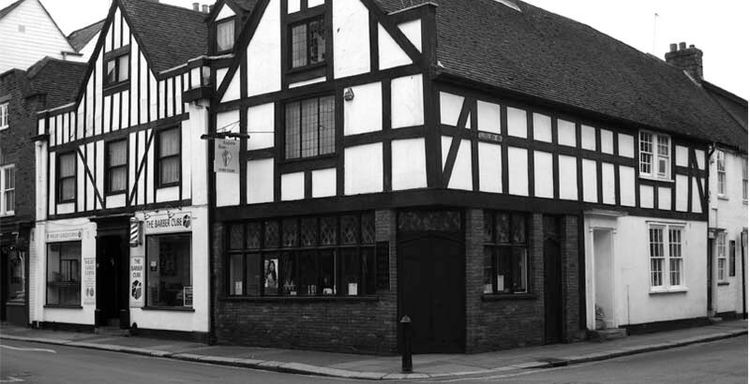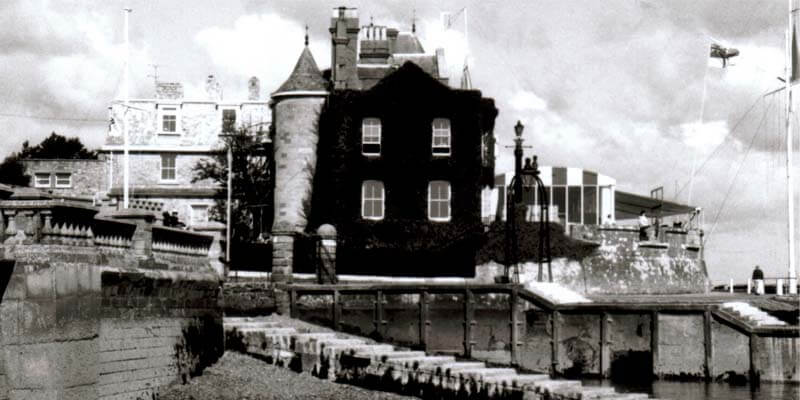Osborne House, Ghosts of the Isle of Wight, with Margo Williams.
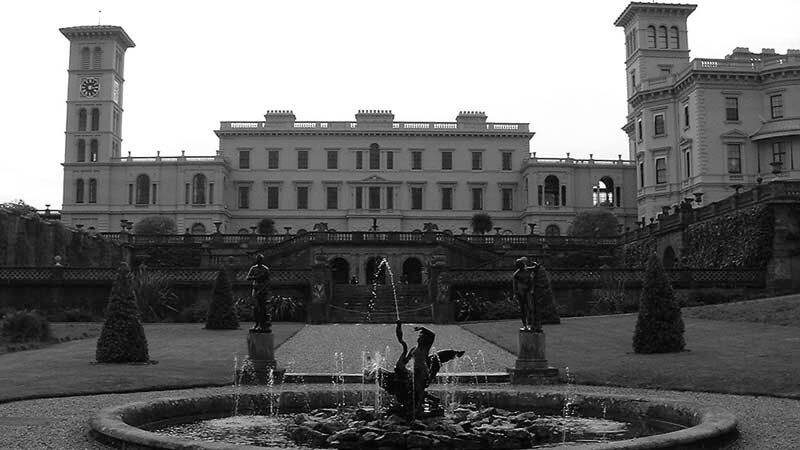
The Ghost of the Royal Apartments
ON THE HIGH GROUND on the eastern bank of the river Medina stands awesome Osborne House wherein the empress Queen Victoria lived her last years and where she died.
The empire since has shrunk, but many of its finest mementos are displayed within its walls, though staff often complain that someone or something mysteriously rearranged the placement or moved them elsewhere.
At such times they whisper, ‘It was the ghost!’
Austerbourne House
Formerly Austerburne, (East Bourne, or the Eastern Brook) home for many years to the Bowermans, an ancient Island family, it passed in the reign of King Henry VIII into the possession of John Arney, by his marriage with their heiress.
In the reign of Edward VI the estate was purchased by John Lovibond, whose family kept it until the reign of King Charles I when the estate was bought by Eustace Mann,
Mann's grand-daughter and sole heiress married Mr. Blanchford and it was their son who built new Osborne House, then the largest and best house on the Island, though described by some as a plain but commodious mansion of stone. In 1840, heiress Lady Isabella Blanchford sold it to Queen Victoria.
The Lost Treasure
Eustace Mann according to legend buried a large sum of money somewhere in the grounds during the troubles of the Civil War. In an adjacent woodland known as Money Coppice.

Sadly Mann lost the map and when war ended spent months and years hacking back briars and undergrowth. Day after day ever more uncertain where he buried his treasure.
He never did find it and after the Restoration of the monarchy he obtained a grant from Charles II of all '...waifs, strays, wrecks and treasure trove, and the privilege of free warren,' which he hoped would give him the right to claim the gold if ever it was found by someone else.
To this day the treasure remains undiscovered, though some East Cowes detectorists suspect it may have been unearthed when Victoria and Albert purchased the property and changed everything.
So upsetting the old man's ghost he vowed vengeance by way of mischief-making in her new home.
Victoria & Albert's Marine Residence
During the 1800s, young Queen Victoria and husband Albert sought a new home for their ever-growing family.
Windsor Castle offered no private gardens, Buckingham Palace had gardens but only attic-space for the children and the Royal Pavilion in Brighton stood far too close to town.
Victoria suggested a house on the Isle of Wight, a location not too far from the capital; an island where they both could walk without being followed or mobbed.
Albert inspected the site she had in mind; he examined its views and then decided it reminded him of Italy. Cowes, yes it would do, but the existing house had to go.

Albert ordered it demolished and designed a sumptuous Italianate villa.
He and the family moved in to the new Marine Residence in September 1846, and apart from Highland excursions up to Balmoral and state duties in London, the family spent as much time here as possible.
Until tragedy struck during the 14th of December 1861, when Albert fell ill and died in Windsor.
Distraught with grief, Victoria retired from public life and instead sought seclusion at Osborne House. For the next 40 years until her own death in 1901 she refused to make any major changes to her dream home.
A Ghost of Osborne House
Even to this day, Prince Albert’s portrait stands by her bed; his desk next to hers in the sitting room. In fact Osborne House offers the visitor an experience of ‘Victoriana’ frozen in time as to be found nowhere else in the world.
Edward VII preserved the house as a monument to his mother, and closed the doors upon its ghosts.
Many people think of Queen Victoria as the grouchy old woman in black. Some thought of her as the Queen of Misery, though not those who knew and loved her.
A ghost waited by Victoria’s desk in the royal apartments.
She spoke a few words there; then invited me to follow out into the garden, through the grounds to a quiet part of the estate where Queen Victoria’s bathing machine rests in state.
“... I was one of her ladies, the queen I mean,” she politely added by way of explanation. “They often spoke ill of her, said she was a misery and so hard. Yet I found her charming and kindly. Of course we had to stand, never sit when waiting upon her.
She was always polite and well mannered, as one would expect. One lady certainly said unkind things about her. I rebuked her many times which led to quite a nasty quarrel. I shall continue my story to you outside. Go to her bathing machine if you can get there.”
We left the house and followed toward the beach, to where the bathing machine is parked in the garden; and there she spoke again:

“The queen used this machine when she was young," the ghost continued. "And as an old lady she liked to visit it on the beach, occasionally. She stumbled once and complained of injuring her ankle. It wasn’t really hurt at all but she held my arm until she reached her carriage.
She liked to drive to the place where her children had played. I roam between the bed she died on, and her desk. In the spring and summer I come out here where they have placed her bathing machine.
I loved her so much and wished to stay where she died. The other ladies, long gone, were so mean. One actually pulled my hair out of its pins. Fortunately Her Majesty never knew.
I realise I now must go on to another realm and am pleased of this chance of speaking to you.”
On Her Majesty's Secret Disservice
Within the palace gardens Victoria and Albert’s secluded idyll was carefully maintained but beyond the garden walls their royal presence had entirely the opposite effect.
In fields and meadows arose fabulous villas and fancy residences as the rich and famous chose an island home for their summer collection.
The quiet secluded beaches and coves, secret night time haunts of smugglers and crab-life, transformed into greens and promenades; paths and piers tipped with bandstands to create ensembles with crashing cymbals and crashing waves.
The beautiful people came to the Isle of Wight to see and be seen and play upon its golden sands.
Britannia ruled the waves domestic and abroad, and above the staircase at Osborne House hangs a painting depicting the god Neptune presenting his crown of the seas and oceans to Britannia.
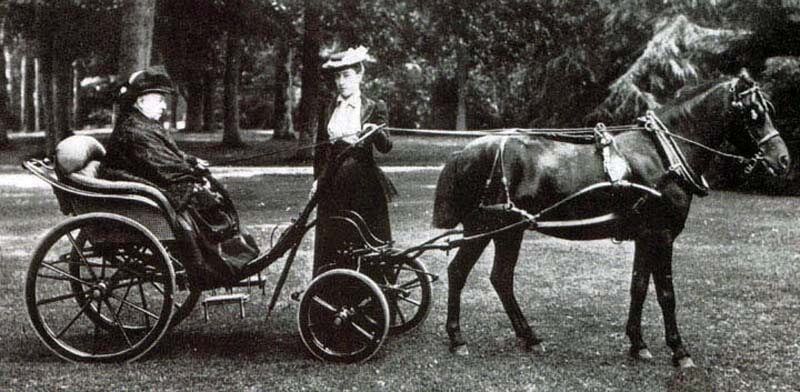
In modern times few among those frequenting Cowes think of Neptune; though chances are the Romans built temples hereabouts in which to pay respect and give thanks for safe passage across the waves.
Too few these days believe in such beings. Seas are seas, oceans are oceans and the winds just whistle and fill sails; the mastery of which mystery determines who might win a race at the regatta.
With Britannia mostly forgotten who now wears the crown? Lost it seems, but this at least had nothing to do with the mischief-making ghost of Osborne House.
“... Could not stand royalty,” he snipped. ”It appears unfair that every one must bow and scrape, as the saying goes, when the queen, the prince or the children passed. My name is Daniel, was in service in London in a lord’s residence. When he died I was without work.
Heard of a post going at the new house the prince had built on the Isle of Wight. I applied. After a long interview got the job as a footman. I lived in. The food was very good, the pay moderate, could save putting money by for my old age.
Did not care for female company, had enough of them with so many female servants here.
I used to move objects around, especially on the queen’s desk. Moving them to another part of the room causing time being wasted looking for something. Enjoyed muddling papers, a footman had this opportunity.
I hid one paper of great importance, causing a minor skirmish, removed another document dealing with affairs of state, getting one of her ladies into trouble. It was my way of getting my own back, having to keep bowing and foolish-looking clothing.
Have still been moving things when I feel strong enough, but ghosts are not that strong all the time. Who are you lady who hears me and sends me on? Am not sure I want to go. I will, to be out of her way. Thank you.”
We found neither sight or sound of Queen Victoria’s ghost at Osborne House, but I left the building wondering at the footman’s wish to be “out of her way”.
To whom did he fearfully refer?
Thank you for your company on this short tour of Isle of Wight mysteries and haunting. If you would like to know more about Margo Williams' investigations at Osborne House and other rogues and royals, read this book. Now available from Amazon.
Thank you for your company on this short tour of Isle of Wight mysteries and haunting. If you would like to know more about Margo Williams' investigations at Osborne House and other rogues and royals, read this book. Now available from Amazon.

